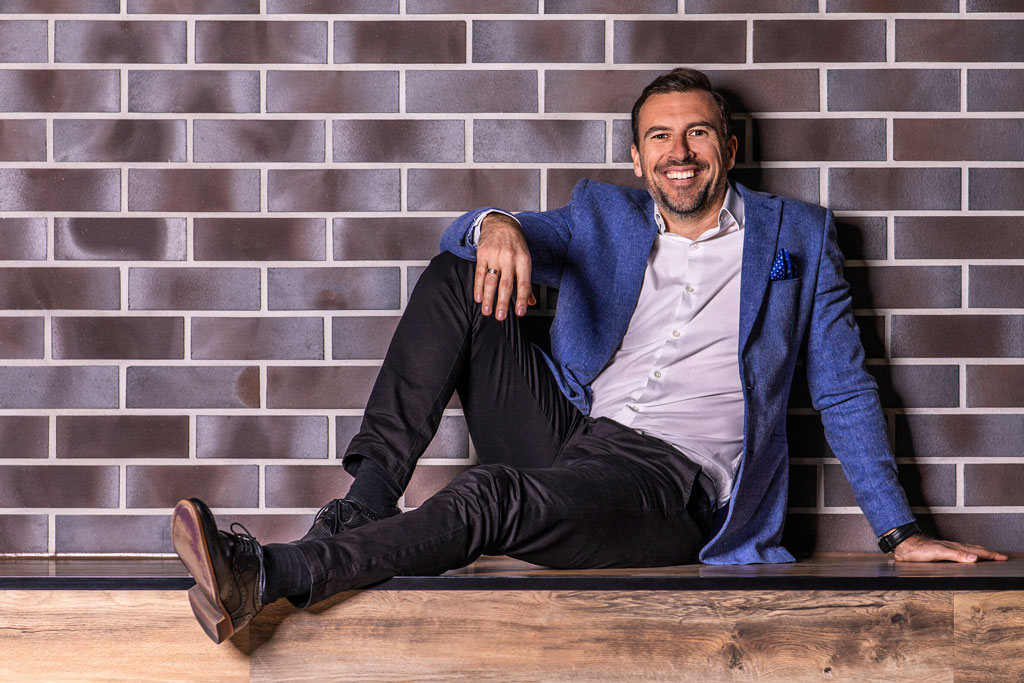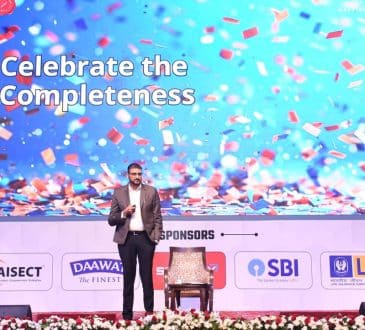How Personal Adversity Can Transform Leaders Into Powerful Advocates for Employee Growth and Well-Being

Leadership isn’t forged in the boardroom; it’s often shaped in the crucible of life’s trials. My journey as founder and CEO of Back In Motion—from its humble beginnings to becoming one of Australia’s leading physiotherapy brands—has taught me that personal adversity can be a gift. While not always wrapped in a bow, it holds the potential to turn leaders into champions of employee growth and well-being.
Here’s a glimpse into my story, along with lessons from pop culture and iconic business figures, all woven together with the thread of learning through adversity.
The Day I Signed Up for Risk 101
Early in my career, I found myself signing a lease on our first premises, with no idea if I’d have enough clients to pay the rent. Then came the bold gamble to franchise Back In Motion when the industry was sceptical. These risks felt like cliff dives into uncertainty, but they were nothing compared to the personal challenges of friends betraying me in the marketplace, a grief that redefined how I lead and care for others.
Adversity has this sneaky way of pulling your ego apart, leaving raw humility in its place. It’s a process akin to what Tony Stark goes through in Iron Man: strip away the suit of success, and you’re left with vulnerability. But that vulnerability, when embraced, becomes the foundation of empathetic leadership.
For me, it wasn’t about knowing all the answers. It was about showing my team that it’s okay to struggle and, more importantly, to grow through it.
Adversity Creates Advocates, Not Bosses
When you’ve been through the fire, you see your people differently—not as numbers on a payroll but as humans with dreams, fears, and potential. This realisation reshaped how I approached employee development at Back In Motion.
After the global financial crisis tested my resilience and COVID threw unprecedented challenges at our industry, I realised the key to survival wasn’t just strategy but people. I doubled down on creating an environment where employees felt safe, supported, and empowered. The result? A workforce more loyal and innovative than I could have ever imagined.
Richard Branson famously said, “Take care of your employees, and they’ll take care of your business.” I saw this play out time and again. A team that feels genuinely valued delivers outcomes that no KPI can measure.
Pop Culture Wisdom: Yoda, Rocky, and Ted Lasso
Some of the best lessons on adversity come from pop culture. Yoda’s guidance to Luke Skywalker—“The greatest teacher, failure is”—rings true for leadership. Failures in business or personal life don’t have to derail us; they can refine us.
Then there’s Rocky Balboa, who reminds us it’s not about how hard you hit but how hard you can get hit and keep moving forward. Leadership is a long game, and resilience is its currency.
But perhaps my favourite example comes from Ted Lasso. His relentless optimism and deep empathy for his team highlight a profound truth: when leaders care, people thrive. Like Ted, I’ve found that humour, humility, and heart go a long way in creating a culture where people feel they can be their best selves.
Leading with Heart, Not Just Head
One of the most transformative moments in my leadership journey was realising that metrics don’t drive growth—people do. Back In Motion’s mantra, “People Matter,” became more than just a tagline; it was a guiding principle.
I remember one employee who was going through a tough time. Instead of focusing on productivity, I focused on them as a person. Over time, their performance rebounded—and so did their sense of loyalty to the organisation. It wasn’t rocket science; it was compassion.
Iconic leaders like Satya Nadella of Microsoft understand this too. Nadella transformed Microsoft’s culture by promoting empathy and growth mindsets, driving innovation and engagement. His leadership style aligns with a powerful truth: when leaders invest in their people, it pays dividends for the organisation.
Building a Legacy of Well-Being
Leadership isn’t just about the bottom line; it’s about building a legacy. At Back In Motion, I wanted my legacy to be a culture where people felt seen, heard, and supported. Whether it was investing in professional development, implementing flexible work arrangements, or simply acknowledging someone’s contribution, the focus was always on people.
Personal adversity has a way of changing your perspective. For me, it turned what could have been just a career into a calling. It taught me that leadership isn’t about perfection—it’s about presence. And sometimes, the best way to lead is to lean into your own humanity.
A Final Word
If you’re reading this and thinking, “This sounds too touchy-feely for me,” let me assure you: I’ve been there. I once believed leadership was all about strategy and execution. But life had other plans.
In the end, whether you’re leading a multinational or a small team, remember this: Adversity isn’t a roadblock; it’s a stepping stone. It’s what turns leaders into advocates and businesses into communities.
Written by Jason Smith.
Have you read?
Countries with the Highest Age Dependency Ratio.
Best Universities In The World.
Best Fashion Schools In The World.
Best Medical Schools In The World.
Bring the best of the CEOWORLD magazine's global journalism to audiences in the United States and around the world. - Add CEOWORLD magazine to your Google News feed.
Follow CEOWORLD magazine headlines on: Google News, LinkedIn, Twitter, and Facebook.
Copyright 2025 The CEOWORLD magazine. All rights reserved. This material (and any extract from it) must not be copied, redistributed or placed on any website, without CEOWORLD magazine' prior written consent. For media queries, please contact: info@ceoworld.biz








